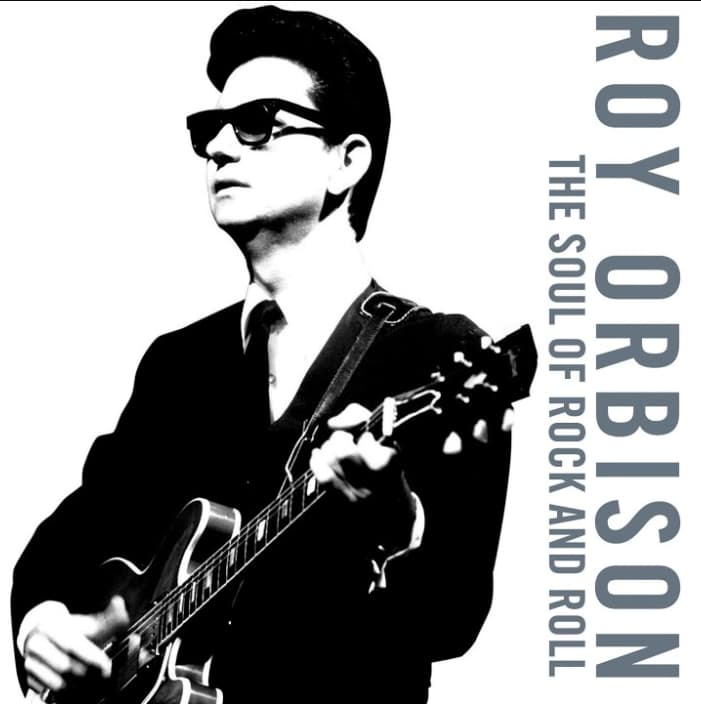
Embracing the Moment: A Prescription for Joy and Forgetfulness
It is a curious thing, isn’t it, how certain songs become the soundtrack to not just our own lives, but to an entire generation’s collective memory? They’re more than melodies; they’re emotional snapshots, capable of transporting us back to a simpler time with just the first few notes. For those of us who came of age with the distinctive, haunting voice of Roy Orbison, his music often served as an anthem for the tenderhearted, the lonely, and the deeply romantic. Yet, nestled among his signature dark, operatic ballads—the ones where heartbreak was a canyon and his voice was the lonesome wind—is a track that offers a refreshing, almost defiant, burst of pure, unadulterated rock and roll joy: “Let the Good Times Roll.”
Released during a period of intense creative and commercial output for Orbison, this track wasn’t one of his chart-topping behemoths, but it holds a special place in his discography. Roy Orbison’s version of “Let the Good Times Roll” was released as a single in November 1965 on the Monument label, and it reached a respectable peak position of number 81 on the U.S. Billboard Hot 100 chart and number 96 on the Cash Box singles chart. It was also featured on his 1965 compilation album, Orbisongs. Though modest by the standards of his colossal hits like “Oh, Pretty Woman” or “Crying,” its very presence offers a key insight into the man behind the dark glasses.
The story behind the song isn’t Orbison’s own, but a joyous appropriation of a rock and roll standard. The tune itself was originally written and recorded by the Rhythm and Blues duo Shirley and Lee (Shirley Goodman and Leonard Lee) in 1956, and their version climbed to number 20 on the U.S. chart that year. Orbison, ever the masterful interpreter, took this established piece of celebratory R&B and infused it with his own unique Nashville sound, recording his rendition back in 1961 during his monumental time at Monument Records. It’s a testament to his versatility, reminding listeners that the “Big O” wasn’t solely defined by his melancholic operettas; he was a rock and roll pioneer who could swing with the best of them.
The meaning of “Let the Good Times Roll” is beautifully straightforward and timeless: it’s a direct command to shed worry, embrace pleasure, and enjoy the current moment. The lyrics, with their simple, danceable rhythm and call to action—“Come on, baby, let the good times roll”—provide a brief, vital escape. For a man who publicly embodied sorrow, channeling intense vulnerability in his major hits, this song is a brilliant contrast. It suggests that even the deepest-feeling souls recognize the need to momentarily cast aside the cloak of loneliness and join the party. It’s an instruction manual for happiness, urging us to grab life by the lapels and make the most of the present before it slips away.
Hearing this song today, with its prominent rockabilly swagger, the classic Nashville session backing that defined his Monument years, and that unmistakable, soaring voice, evokes a rich sense of nostalgia. It takes us back to sock hops and Saturday nights, a time when a simple three-chord progression could feel like the most profound statement. It’s a track that stands as a buoyant exception in a catalog dominated by beautiful sadness, a lively reminder that for all his brooding genius, Roy Orbison knew exactly how to make a listener feel alive.